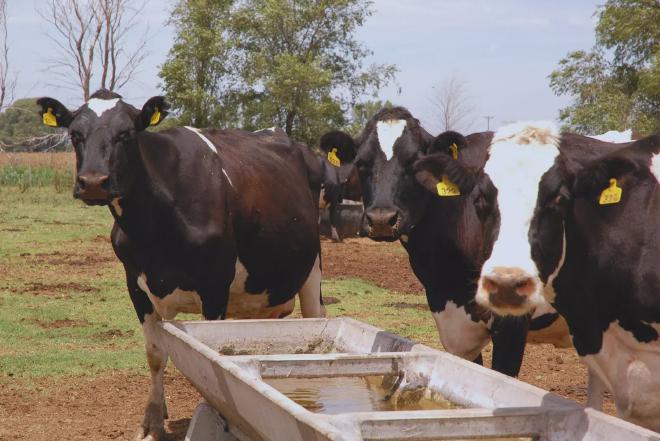

The trials, carried out in the Southern Dairy Basin of La Pampa - which represents 67 % of the provincial dairy farms and produces 114 million liters of milk annually - showed that the application of corn to corn destined for grazing can triple the production of fodder compared to the use of chemical fertilizers such as urea. “The high concentration of nitrogen and other nutrients such as calcium and magnesium in the slurries makes them an excellent source of fertilization,” said Laura Rodríguez, specialist of INTA La Pampa. “The results confirm the potential of the slurry as an economic and environmentally sustainable alternative for agricultural fertilization”, she added.
According to the researcher, the positive impact is not limited only to production. “A significant increase in the content of organic matter and phosphorus available, essential elements for soil long-term health, was observed”.
Cintia Schenkel, a team member of the working group, added that the slurries presented a more gradual release of nitrogen. “This fact meant a reduction in the concentration of nitrates in the soil and the risk of groundwater contamination. The gradual release of nitrogen present in the slurries reduces leaching and contributes to more sustainable agricultural practices,” she said.
According to the researchers, this study not only highlights the immediate advantages of the use of slurries, also opens the door to new strategies for sustainable waste management in dairy farms, and the contribution to the balance between production and environmental care. “However, it is necessary to continue with long-term studies to evaluate other effects, such as the accumulation of heavy or pathogens and the impact on water tables,” they said.

